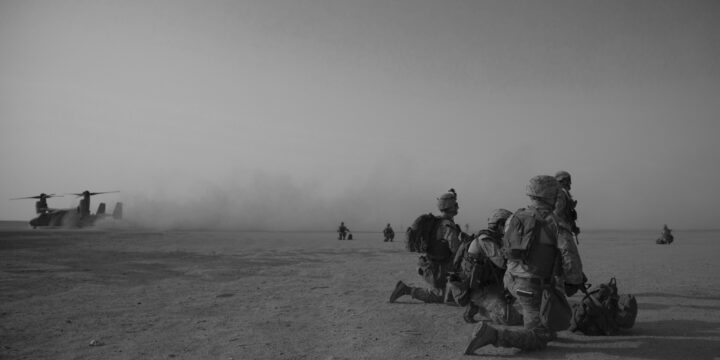
Anew political chapter has opened in Syria. President Bashar al-Assad has fled to Moscow, where he has been granted asylum. And the rebel group Hayat Tahrir al-Sham (HTS), led by Abu-Mohammed al-Golani, the nom de guerre of Ahmed Hussein al-Sharaa, has captured Damascus, barely ten days after launching its offensive on 27 November.
Brace for numerous theories about why Assad’s regime fell suddenly, with little more than a whimper, and even claims that its downfall was inevitable. In truth, no one predicted HTS’s lightning advance from its redoubts in the north-western province of Idlib, adjacent to Turkey – not Assad, not Iran and Russia, his principal patrons, perhaps not even Al-Golani himself. The House of Assad was built in 1971 by Bashar’s iron-fisted father, Hafez, who ruled until 2000. Having brought it down, Al-Golani has a country to run – most of it anyway.
HTS’s military success was breathtaking. From Idlib, the group moved southward, taking Aleppo, Hama and Homs, the capital cities of eponymous provinces, and entered Damascus’s outskirts by 7 December, sweeping a hapless Syrian army from its path. Elsewhere, the Turkish-backed Syrian National Army (SNA) attacked Kurdish positions in the north, and rebel militias overran Daraa in the south-west. And the US-supported, Kurd-dominated Syrian Democratic Forces (SDF), led by Mazloum Abdi – who presides over the Autonomous Administration of North and East Syria (AANES), located across the north-east bank of the Euphrates river – chased Assad’s army from Deir ez-Zor province, which abuts Iraq and has been a conduit used by Iran and the Iraqi Shia’s militias backing Assad.
This is a remarkable development considering that in recent years, Assad’s political position seemed to have strengthened. The nationwide rebellion he sparked in 2011 following a bloody crackdown on protestors in Daraa during Syria’s version of the Arab Spring might have sealed his fate. But the Syrian army, supplemented by Russian airpower and fighters from Iran’s Quds Force and allied Shia fighters from Hezbollah and the Hashd al-Shaabi, a clutch of Iraqi militias, saved the day for the Assad regime. From 2016 onward, Assad consolidated his position. His fellow Arab leaders gradually welcomed back him to the fold – even those Gulf monarchies that had funded his Islamist opponents – and Syria rejoined the Arab League. Russia, Iran and Turkey, convenors of the multi-round Astana peace talks, initiated in 2017, couldn’t persuade him to reach a political settlement with the armed opposition. As Assad saw it, he controlled about 70 per cent of Syria and didn’t have to compromise; his enemies did.
Author

Rajan
Menon
Non-Resident Senior Fellow
More on Middle East

January 20, 2025

Featuring Daniel DePetris
January 20, 2025
Featuring Jennifer Kavanagh
January 17, 2025





